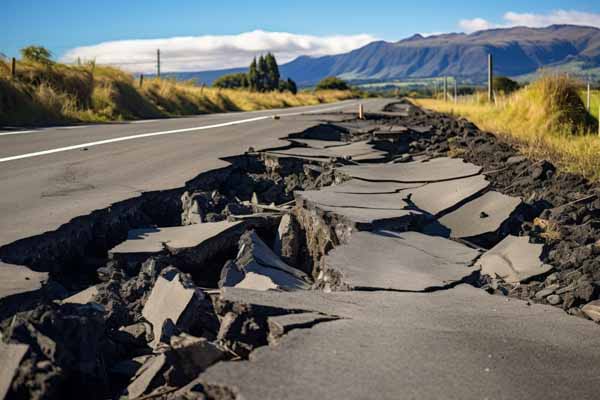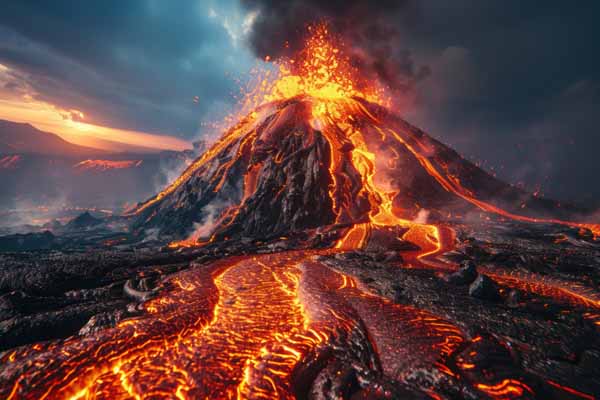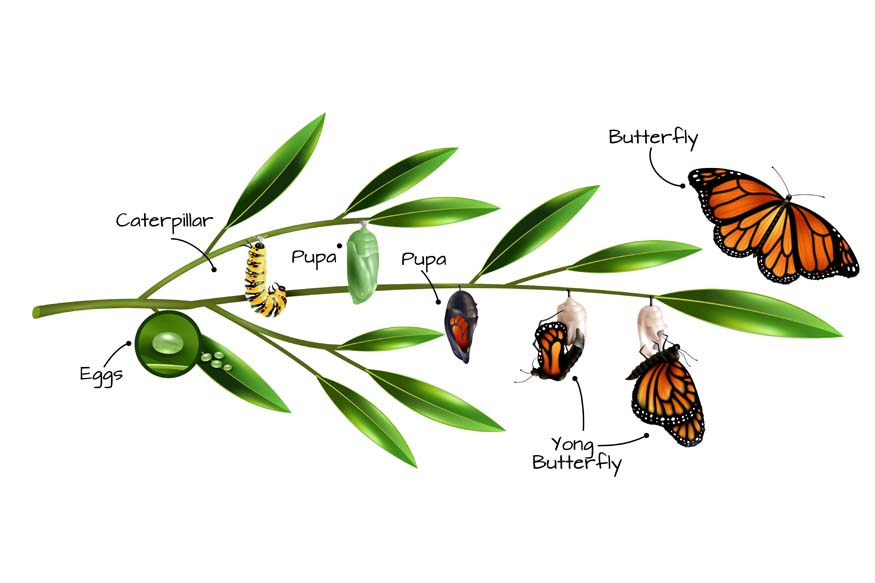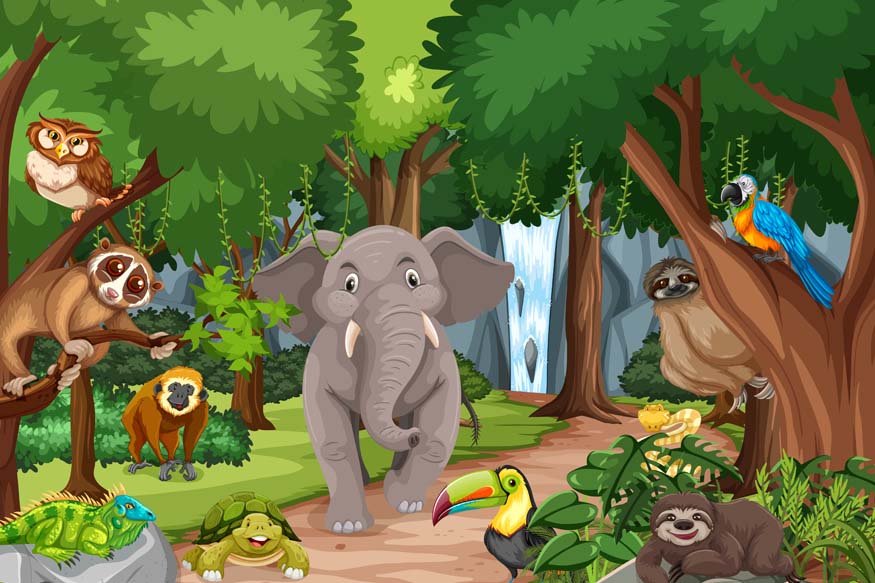Have you ever wondered about natural disasters- the powerful forces of nature that can instantly turn our world upside down? Natural disasters are fascinating, yet sometimes frightening events that can change the landscape around us. From earthquakes that shake the ground to hurricanes that bring heavy rains and strong winds, natural disasters are worth learning about. This article will explore different types of natural disasters, their causes, and how we can stay safe. So, let us dive in and uncover the mysteries of nature’s might!
Types of Natural Disasters
Natural disasters come in various forms, each with its unique characteristics. Here are some of the most common types:
- Earthquakes
- Description: Earthquakes are sudden shaking of the ground caused by the movement of tectonic plates beneath the Earth’s surface.

- Causes: They occur when stress builds up along fault lines and is suddenly released.
- Interesting Fact: The largest recorded earthquake was the 1960 Valdivia earthquake in Chile, with a magnitude of 9.5!
- Volcanoes
- Description: Volcanoes are openings in the Earth’s crust that allow molten rock, ash, and gases to escape from below the surface.

- Causes: They are caused by the movement of tectonic plates and the pressure of molten rock called magma.
- Interesting Fact: The eruption of Mount Vesuvius in 79 AD buried the cities of Pompeii and Herculaneum under ash and pumice.
- Tsunamis
- Description: Tsunamis are large ocean waves usually caused by underwater earthquakes or volcanic eruptions.
- Causes: The sudden displacement of water due to tectonic activity generates powerful waves.
- Interesting Fact: The 2004 Indian Ocean tsunami was one of the deadliest in history, affecting 14 countries and claiming over 230,000 lives.
- Hurricanes
- Description: Hurricanes are powerful tropical storms with strong winds, heavy rains, and storm surges.
- Causes: They form over warm ocean waters and are driven by the Coriolis effect and heat from the ocean.
- Interesting Fact: Hurricane Katrina in 2005 was one of the costliest natural disasters in U.S. history.
- Tornadoes
- Description: A rapidly rotating column of air that reaches the ground, often connected to the bottom of a thunderstorm.

- Causes: They form when warm, moist air meets cold, dry air, creating instability in the atmosphere.
- Interesting Fact: The strongest tornadoes can produce wind speeds of over 300 miles per hour!
- Floods
- Description: Floods occur when water overflows onto normally dry land, often due to heavy rain or melting snow.
- Causes: They can be caused by various factors, including excessive rainfall, dam failures, and rapid snowmelt.
- Interesting Fact: The Great Flood of 1931 in China is considered the deadliest flood in history, with estimates of up to 4 million fatalities.
How to Stay Safe During Natural Disasters
Understanding how to stay safe during natural disasters is crucial. Here are some safety tips for different types of disasters:
- Earthquake Safety
- Drop, cover, and hold on. Take cover under sturdy furniture and hold on until the shaking stops.
- Stay away from windows and heavy objects that could fall.
- Have an emergency kit with essentials like water, food, and first aid supplies.
- Volcano Safety
- Follow evacuation orders if you live near a volcano.
- Stay indoors and keep windows and doors closed to avoid ash exposure.
- Wear a mask and goggles to protect yourself from ash particles.
- Tsunami Safety
- Move to higher ground immediately if you feel an earthquake near the coast.
- Follow tsunami evacuation routes and warnings.
- Stay away from the shore until authorities declare it safe.
- Hurricane Safety
- Evacuate if instructed by authorities and follow hurricane evacuation routes.
- Secure your home by boarding up windows and bringing outdoor objects inside.
- Have a hurricane emergency kit with supplies like water, food, and medications.
- Tornado Safety
- Take shelter in a basement or an interior room on the lowest floor of a sturdy building.
- Avoid windows and cover yourself with a mattress or heavy blankets.
- If you are outside, find a low-lying area and lie flat, covering your head with your hands.
- Flood Safety
- Move to higher ground and avoid walking or driving through floodwaters.
- Follow evacuation orders and stay informed through weather alerts.
- Keep important documents and valuables in a waterproof container.
Fascinating Facts About Natural Disasters
To make learning about natural disasters even more interesting, here are some fascinating facts:
- The Ring of Fire, a horseshoe-shaped zone around the Pacific Ocean, is known for its high volcanic and seismic activity.
- Lightning strikes the Earth about 100 times every second, adding up to about 8.6 million strikes per day.
- The Dead Sea, located at the lowest point on Earth’s surface, is shrinking at a rate of about 3 feet per year due to natural and human factors.
Natural Disasters and Safety Tips
|
Natural Disaster |
Safety Tips |
|
Earthquake |
Drop, cover, and hold on. Stay away from windows. An emergency kit with essentials. |
|
Volcano |
Follow evacuation orders. Stay indoors. Wear a mask and goggles. |
|
Tsunami |
Move to higher ground. Follow evacuation routes. Stay away from shore. |
|
Hurricane |
Evacuate if instructed. Secure home. Have an emergency kit. |
|
Tornado |
Take shelter in a basement or interior room. Avoid windows. |
|
Flood |
Move to higher ground. Avoid floodwaters. Follow evacuation orders. |
Natural disasters can be powerful and unpredictable, but understanding them can help us stay safe and prepared. By learning about their causes, effects, and safety measures, we can better appreciate the incredible forces of nature and take steps to protect ourselves and our communities.
For more such informative/interesting blogs, visit Center Point School.





